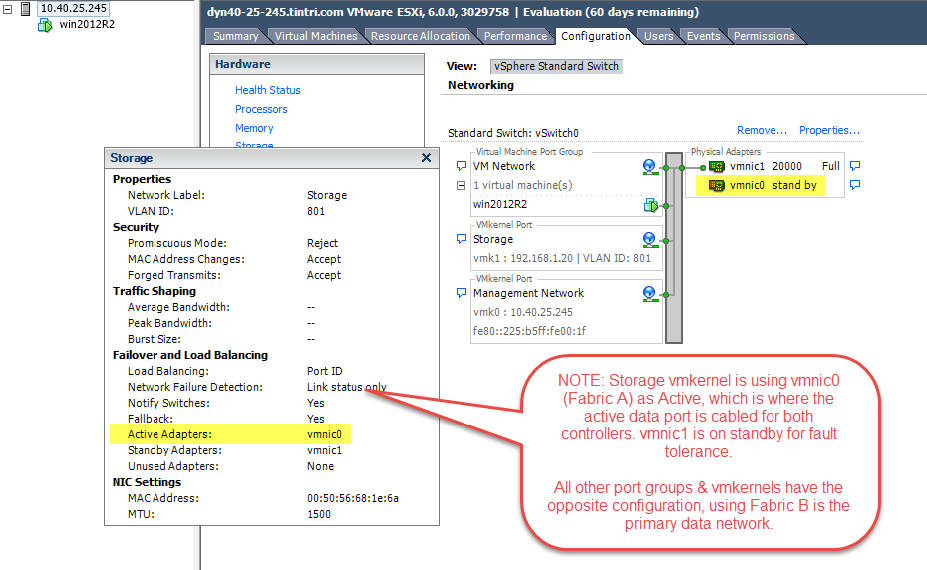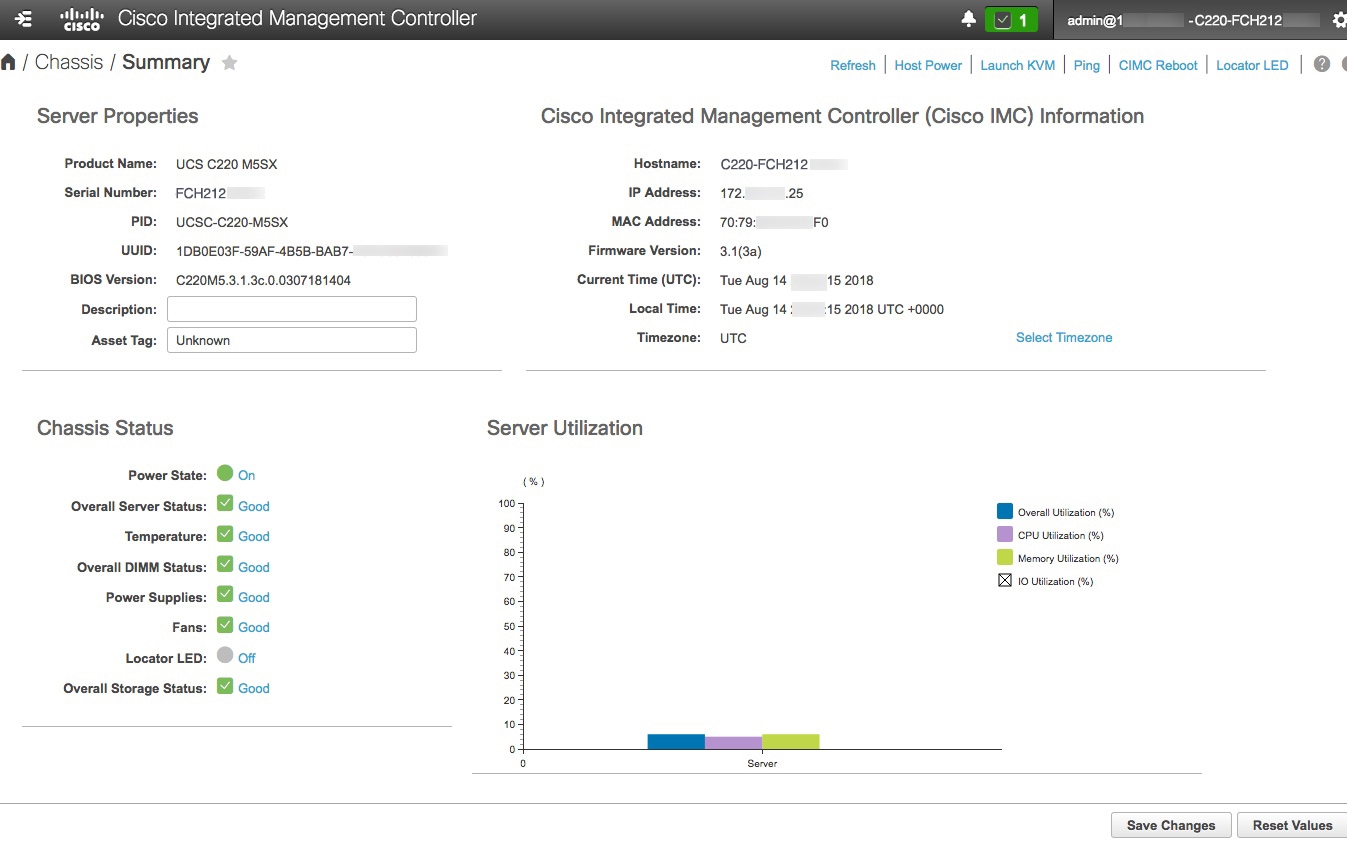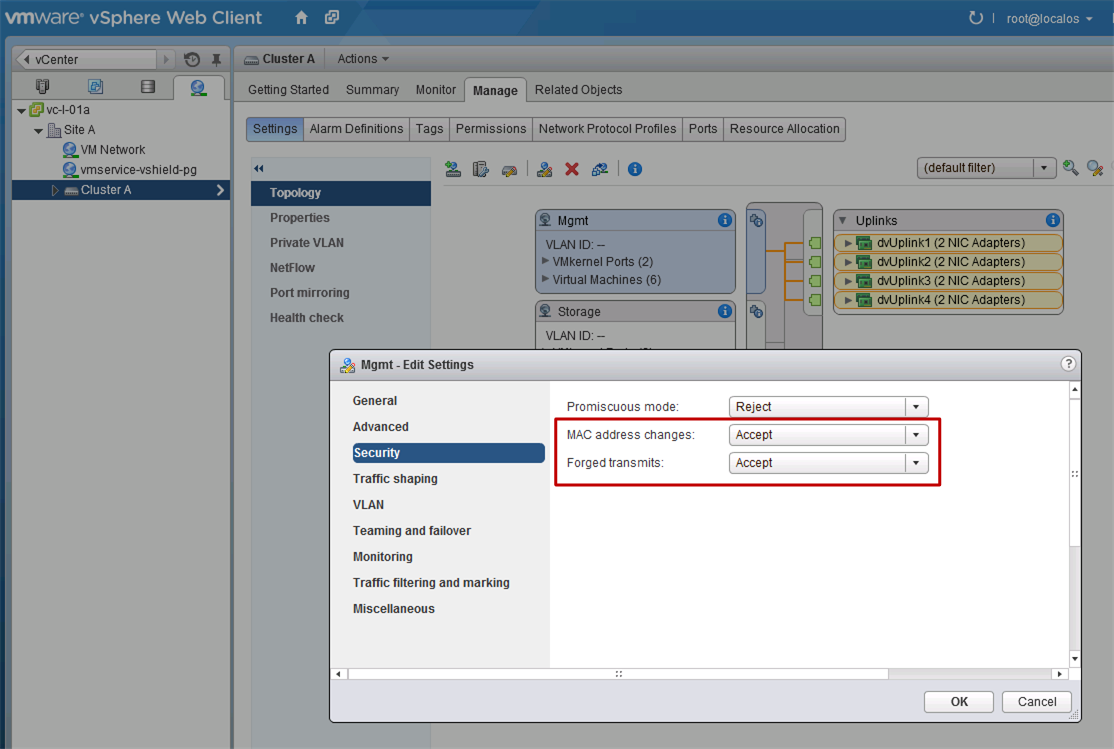How to assign Static IP address in Solaris 11? Is it possible to assign multiple IP address to NIC? First we will the basic difference between older version of Solaris and Solaris 11.In Solaris 10, according to the NIC manufacturer,physical network interfaces are named (Ex:bge,e1000g,nxge).But in Solaris 11 onwards,the inconsistencies names are hidden from the view and all the interfaces will.
Up to 31 secondary private IPv4 addresses from the subnet the VNIC is in, assigned by either you or Oracle; Optional public IPv4 address for each private IP address; Optional hostname for DNS for each private IP address (see DNS in Your Virtual Cloud Network) MAC address. 7 - How does a vNIC get a MAC address? 7 - Which Transport layer protocol does PPTP use? 7 - Which secured tunneling protocol might be able to. 7 - Which type of hypervisor is installed on bare. 7 - When surfing online, you get some strange data on. 7 - Which current protocol is used to create secure.


In one of my ESXi host we have found the alert mentioning the NFS IP Conflict and it points the specific MAC address as the owner . I was looking to find the HostIP which is causing the conflict and found some various options to find the results from both the ESXi VM level and hope it will be useful to share the information..
Method 1 – Simple commands
First by using the below command and it will search all the VMFS datastores and give the result with the appropriate VMX which is very useful to find the MAC of any VM vnic.( Below command is from the Reference Link )
find /vmfs/volumes | grep .vmx$ | while read i; do grep -i “00:50:**:**:**:**” “$i” && echo “$i”; done
If it couldn’t get the result then it will give the empty message..
Other Options :
Display the list of known network neighbors in the ARP and ND cache for all VMkernel network interfaces using one of the command
Next if we want to list the Mac of the VMKNIC then we can use the below command
esxcli network ip neighbor list
By using the VMware debug mode we can try the below command
vmware -l
To Determine the MAC address of an ESX Hosts administration interface.
Mac Addresses Lookup
# ifconfig |grep -i hw
The output appears similar to:
vswif0 Link encap:Ethernet HWaddr 00:50:56:41:5A:59
The MAC address is found in the first line after HWaddr. In this example, the MAC address is 00:50:56:41:5a:59.
Note: The ESX host uses self-generated addresses starting with 00:50:56 (as opposed to the burned-in address of the interface itself).
Alternatively, review the outputted information and MAC addresses from the command esxcfg-nics -l.
Method -2 – DHCP Server
Vnic Mac Addresses Manualdwnloadblock Shortcut
Another way to find the Mac address is from the DHCP Server , Go to the Scope – Address Lease , It will list all the IPs with the Mac address but it will help only for the DHCP IPs and not for the static address .
Cisco Mac Addresses

Method-3 – ARP
Next step is to try the ARP command which will give the list of recently resolved IP addresses to MAC address mapping from the ARP cache.
To populate the ARP table, ping a broadcast IP address to get a reply back from all hosts listening on the same subnet.
For example :ping 10.10.10.255
To list the ARP table, run the command:
arp -a
Have a try on both from the ESX and the Vcenter so that we can get more chances to find the IP..
Method 4 – find the manufacturer.

If you suspect the MAC is from any hardware like printer then we can try the below link to find the manufacturer.
Method – 5 How to find the MAC of the ESXi servers using the PowerCLI.
How To Find Mac Addresses
Pls see the below reference link for the info of the script and I just copied the main content of the script here..
2 4 | Get-VMHostNetworkAdapter| `Format-List-Property* |
The Get-VmMacAddress function use the function to find the MAC of the VM using the powerCLI.
Method -6 – Free Tools
Lot of free tools are available in the internet like IP Scanner but the tool have to scan the entire network ..

Reference:
